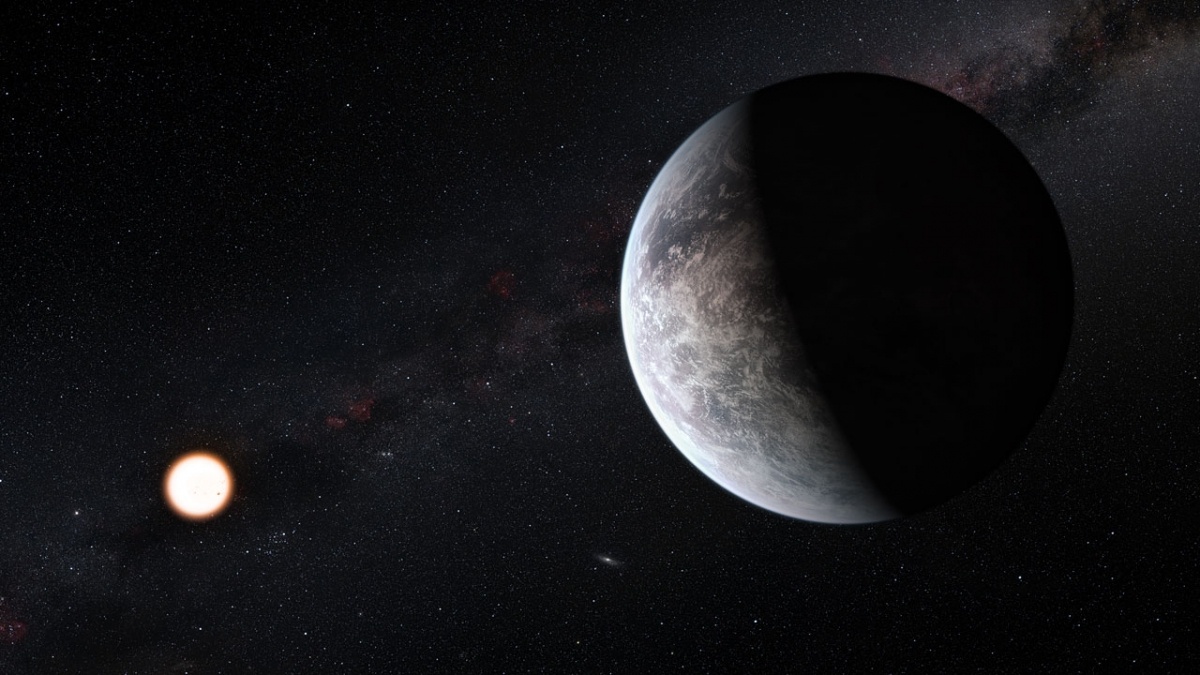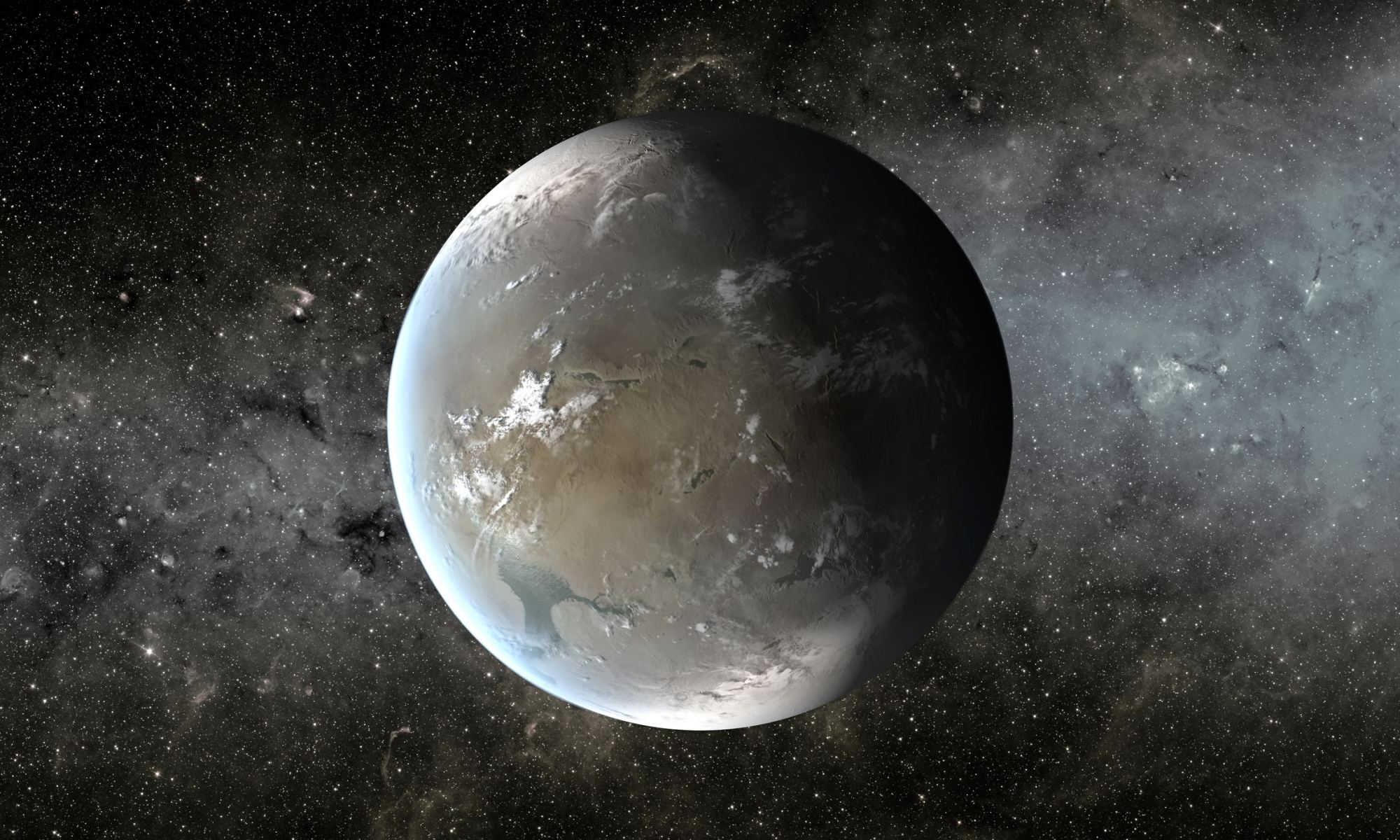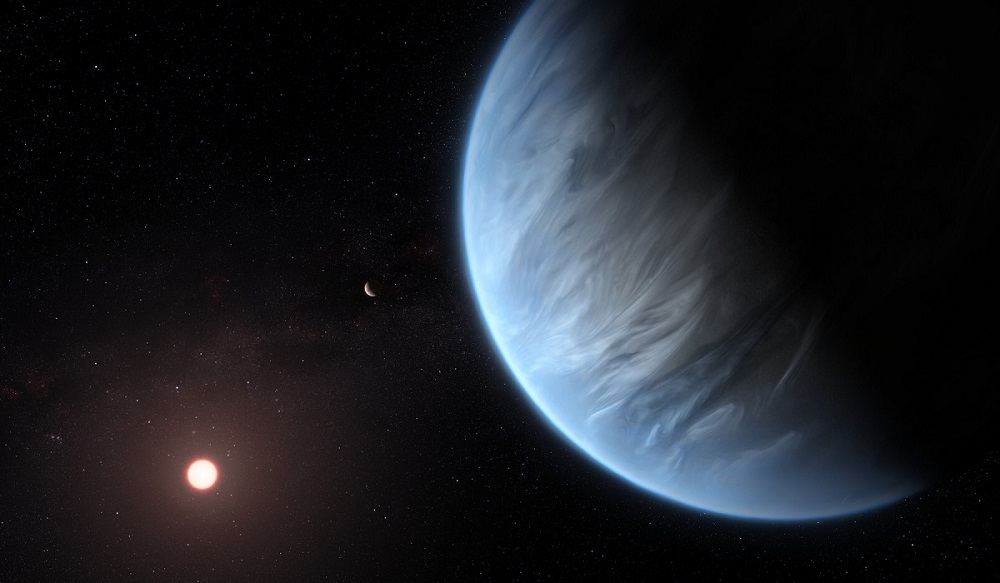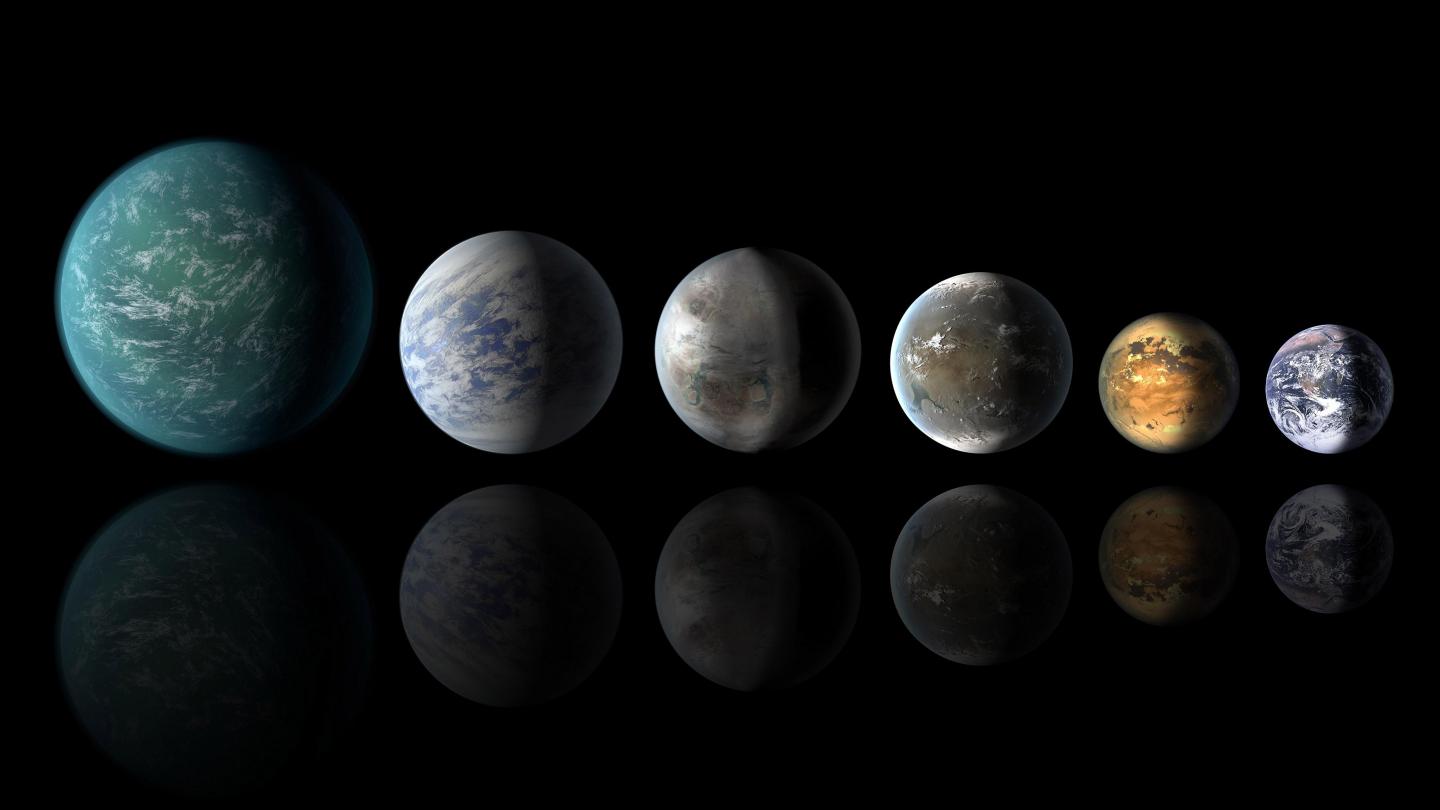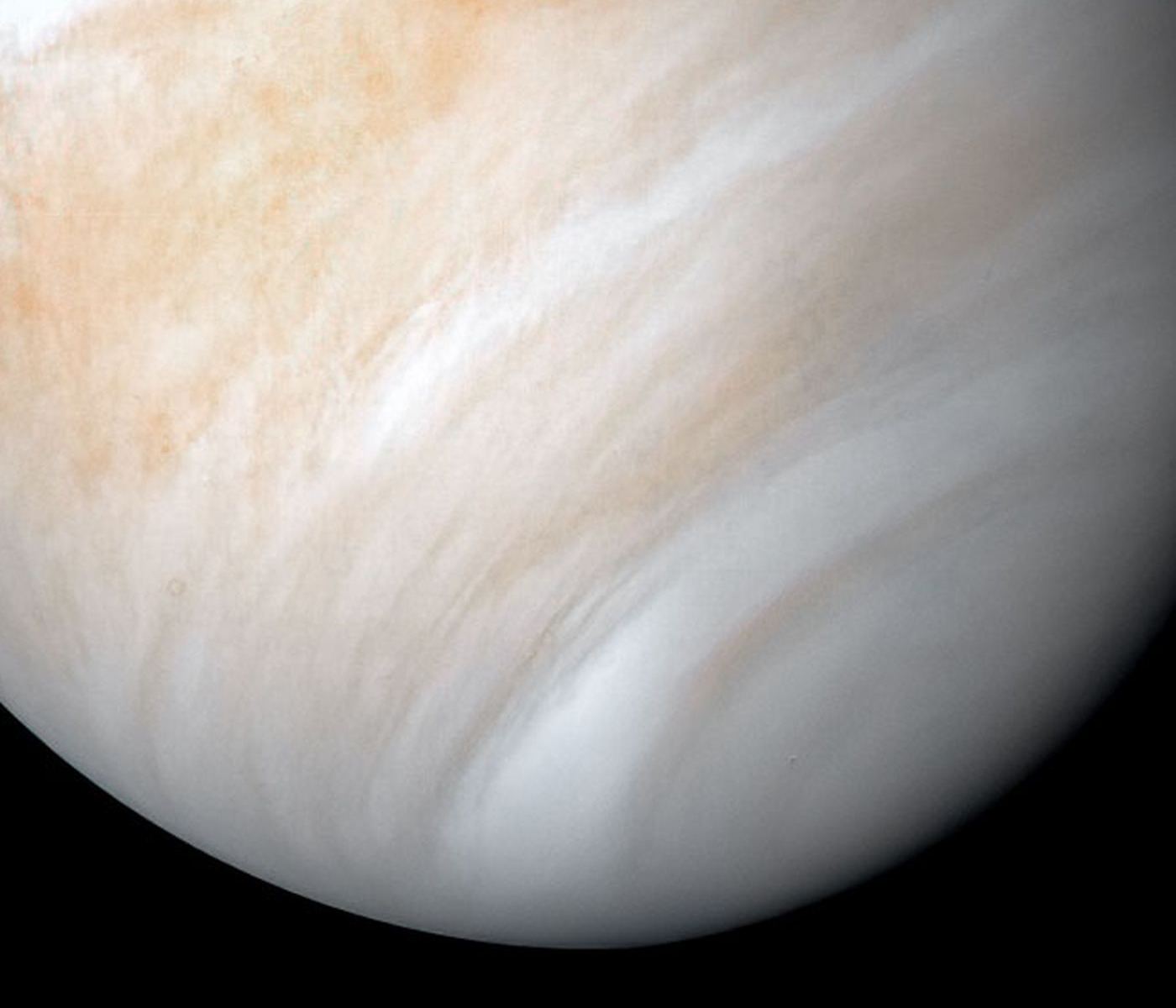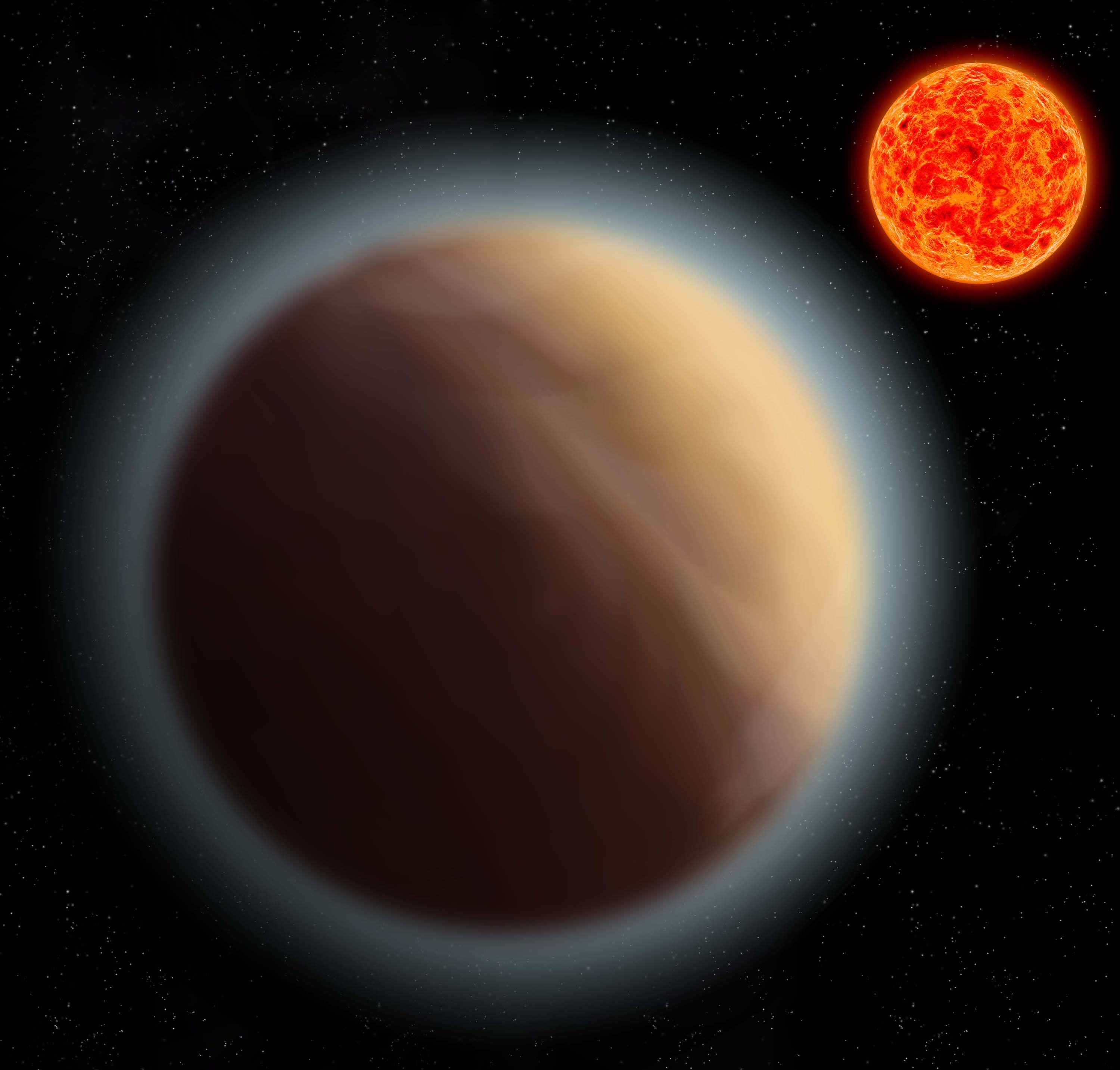Ever since it landed in the Jezero Crater on Feb. 18th, 2021, the Perseverance rover has been prepping its scientific instruments to begin searching for signs of past life on the Red Planet. These include spectrometers that will scan Martian rocks for organics and minerals that form in the presence of water and a caching system that will store samples of Martian soil and rock for retrieval by a future mission.
These telltale indicators could be signs of past life, which would most likely take the form of fossilized microbes. In the near future, a similar instrument could be used to search for present-day extraterrestrial life. It’s known as the Wireline Analysis Tool for the Subsurface Observation of Northern ice sheets (WATSON), and could be used to find evidence of life inside “ocean worlds” like Europa, Enceladus, and Titan.
Continue reading “The Same Technology Could Search for Microbes in Mars Rocks or Under the ice on Europa”

